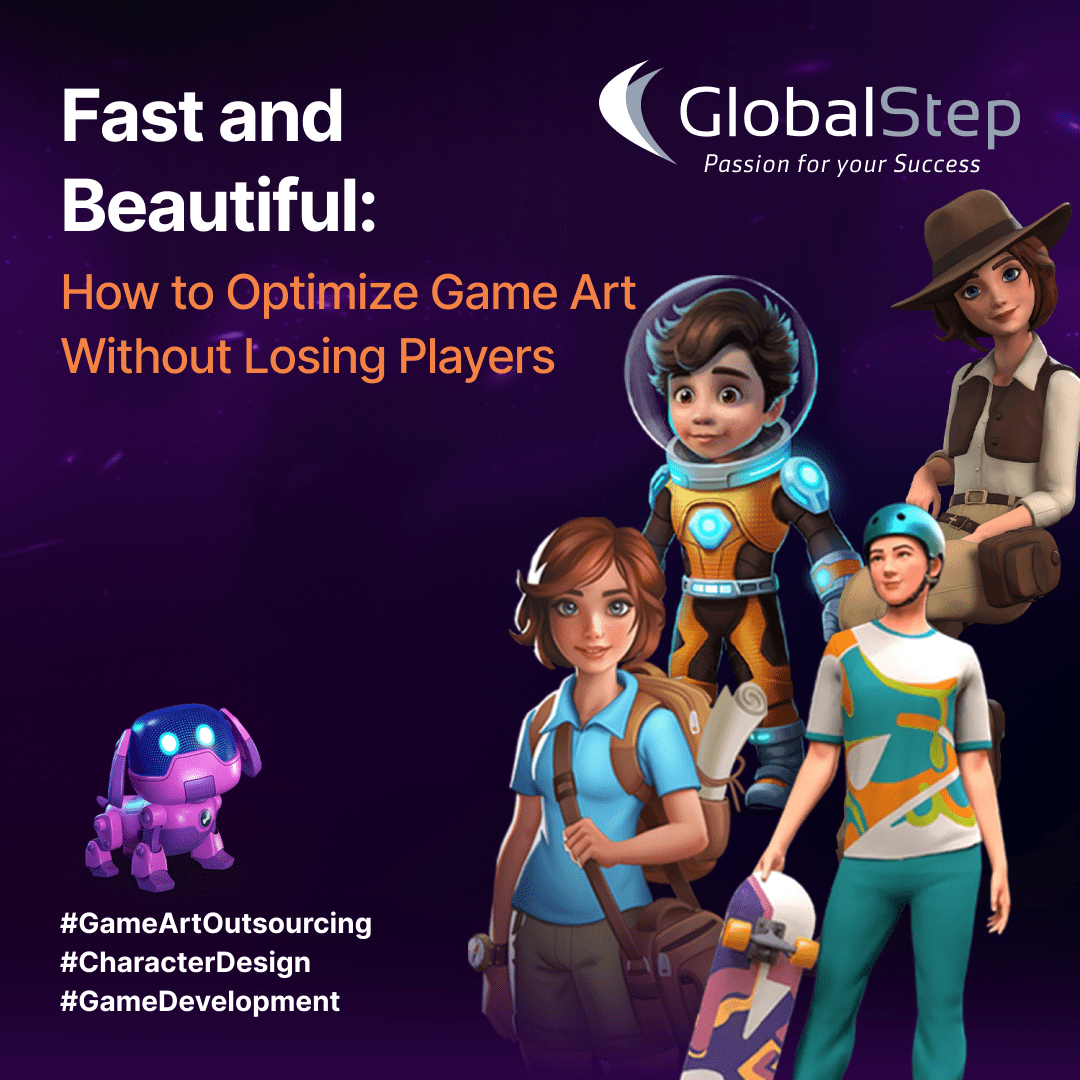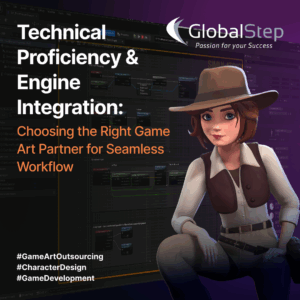
Cloud gaming promises the luxury of high-end gaming without the need for powerful gear — Cyberpunk 2077 on NVIDIA GeForce NOW, for instance, or Halo Infinite on Xbox Cloud Gaming, run smoothly on any machine, provided the connection is strong. That is the rub, however — connectivity is paramount. Unlike traditional gaming, where performance is largely a matter of hardware, cloud gaming is subject to real-time network conditions. Players can be running smoothly one minute, and stutter, lag, or dropped sessions the next. These fluctuations make Quality Assurance for cloud gaming inherently different from traditional testing — it is no longer a matter of getting a game running but getting it running in variable environments.
The Real-World Complexity of Cloud Gaming QA
Testing cloud gaming is more than testing how a specific set of hardware configurations perform. Instead, QA teams need to account for network volatility, data packet loss, fluctuating bandwidth, and real-time server loads. A player in Tokyo with a high-speed fiber connection is going to be having a very different experience from a player in a remote town in the U.S. with satellite internet.
There are real-world examples that illustrate these issues. Consider Red Dead Online, for instance, which saw latency in its launch on Google Stadia, with gunfights feeling slow compared with console. Cloud platform players in Destiny 2 saw their actions become desynchronized, with their in-game actions not updating in real-time, making precise gameplay essentially unplayable. The lesson learned? Cloud gaming QA is less about getting a game running — and more about ensuring consistency in wildly disparate user conditions.
Why Traditional QA Methods Don’t Work
Video Game testing has always been about fixed hardware, so that a game runs smoothly whether it’s on a PS5, an Xbox Series X, or a high-end PC. Cloud gaming eliminates that predictability. Instead of testing against a fixed set of devices, QA teams now must test against a continually changing combination of networks, devices, and geographies.
For example, when Control Ultimate Edition was released on cloud platforms like Amazon Luna, there were gamers with silky smooth gameplay and others with input lag, likely due to variations in the networks. Similarly, Resident Evil Village in Google Stadia initially experienced changes in streaming resolutions, which frustrated gamers anticipating a consistent visual presentation.
The biggest challenge is that standardized test environments do not mirror real-world conditions. QA must recreate everything from gaming on a phone with 5G to public Wi-Fi overload. Latency tolerances, packet loss patterns, and even ISP throttling must be replicated. Unlike traditional QA, where graphical bugs and drops in performance are the priority, cloud QA is all about making gameplay smooth in spite of variable conditions.
GlobalStep Strategy — Wiser, Not Just Tougher
At GlobalStep, we go beyond traditional testing environments. Instead of isolating QA in controlled environments, we carry out large-scale, real-world simulations that mimic real player experiences. We test through high-speed fiber networks, public Wi-Fi with heavy usage, hotspots, and global ISPs so that we can identify edge-case issues before they reach players.
Halo Infinite’s cloud version, for instance, experienced serious input lag for some players, while others experienced frame rate drops depending on their ISP routing. These kinds of inconsistencies illustrate that lab-controlled testing is not enough. GlobalStep AI-driven automation tools capture minute latency disruptions, while our global testers examine real-world situations in various geographic locales.
We also integrate localization, LQA, and regional testing in one pipeline so that a cloud-based game is not only technologically sound but also has a seamless user experience worldwide.
The Future of Cloud Gaming QA
Cloud gaming transforms how games are delivered, and it brings a new approach to ensuring quality. Conventional testing techniques do not apply when performance now depends on real-time internet performance instead of local hardware capability. The approach to solving it is to test smart, not hard — to foresee problems before consumers ever see them and to provide a consistent experience regardless of where you’re playing, what connection you have, or what device you use.
At GlobalStep, we make it all possible. Our cloud gaming QA experience guarantees that developers deliver games that look great and feel great, no matter where and how they’re played. Want to know more? See our services page or read our insights on game QA.
Cloud gaming can be the future — great QA makes it possible.





